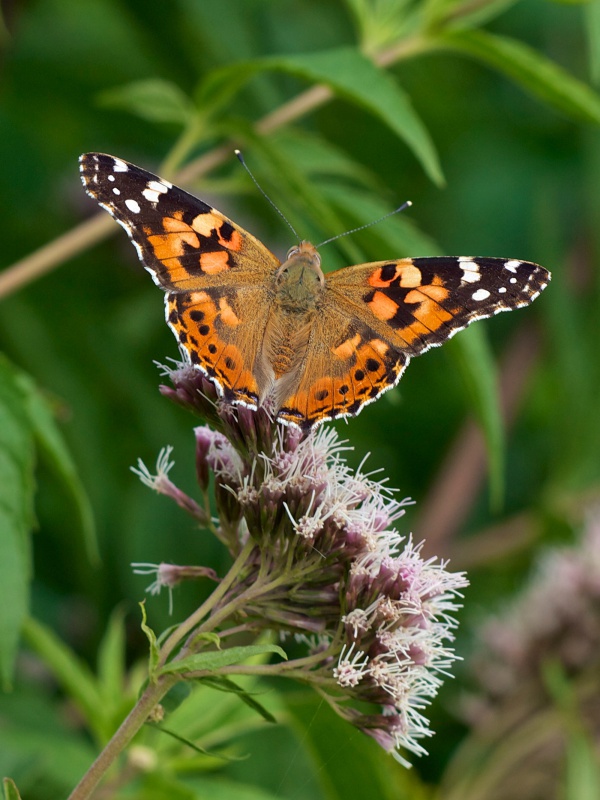Facts About Vanessa cardui
The painted lady butterfly, scientifically known as *Vanessa cardui*, is a vibrant and widely recognized species. Noted for its striking appearance and remarkable migratory journeys, this butterfly can be found on every continent except Antarctica and South America.
One of the most remarkable traits of the painted lady butterfly is its migratory behavior. These butterflies travel vast distances between continents in response to environmental changes. Scientists have discovered that they navigate using a solar compass, which helps them maintain their direction during migration. Interestingly, their breeding does not cease during these long journeys; females will stop to lay eggs along the way, ensuring high reproductive success.
The life cycle of *Vanessa cardui* involves several fascinating aspects, such as egg-laying (oviposition), vision, roosting habits, and their choice of host plants. Painted ladies primarily feed on flower nectar and occasionally aphid honeydew. When it comes to laying eggs, females prefer plants abundant in nectar. Their vision is similar to that of honey bees, as they lack red receptors and are likely red-green color-blind. During roosting, these butterflies engage in courtship rituals, establish territories, and seek sunny spots for shelter.
To defend themselves, painted ladies rely on their agility in flight and their camouflage. Human interactions with these butterflies are common; they are often bred for educational purposes and released at special events. In popular culture, they have made notable appearances, such as during the massive migration observed in Southern California following heavy rains, where millions of butterflies filled the skies.

 Ireland
Ireland